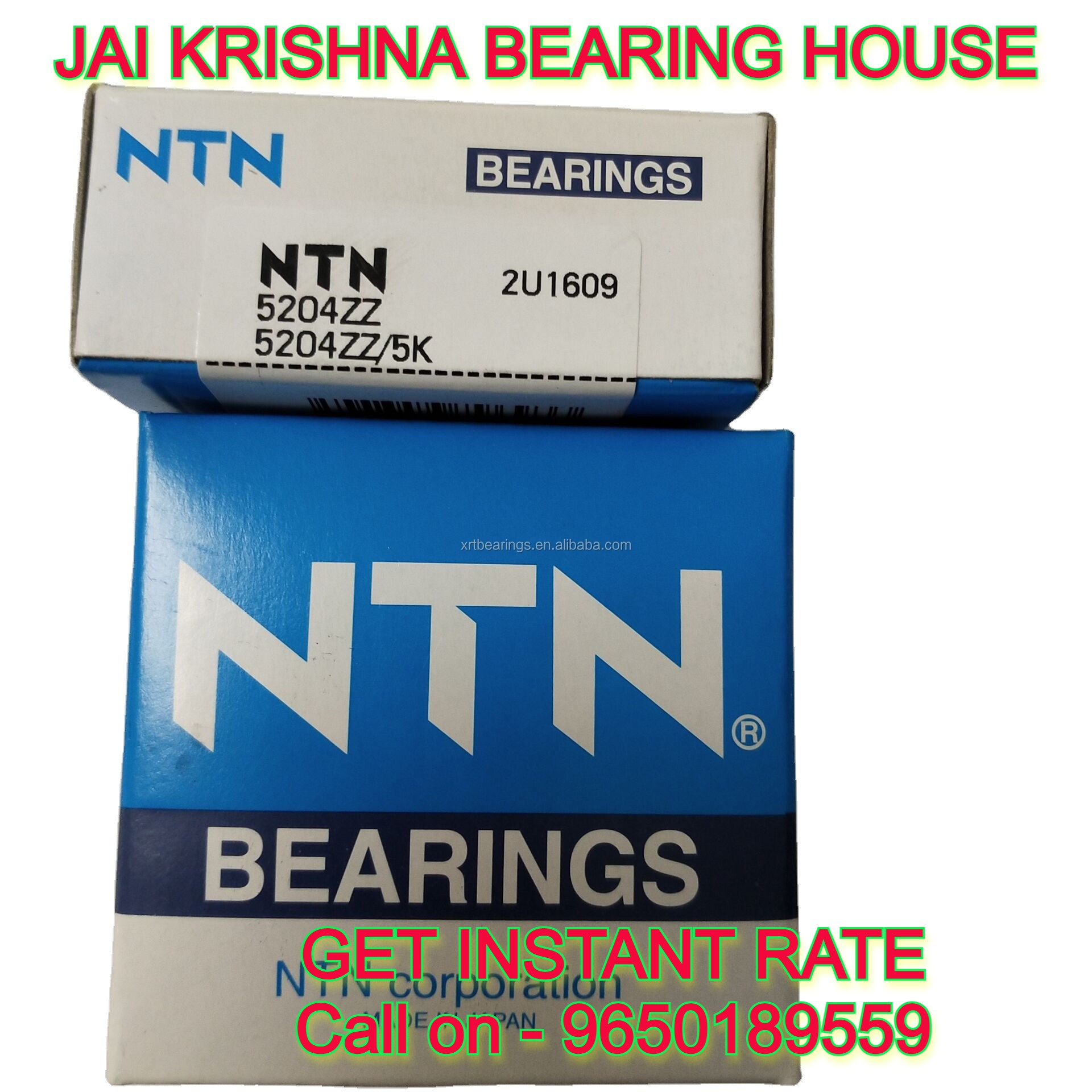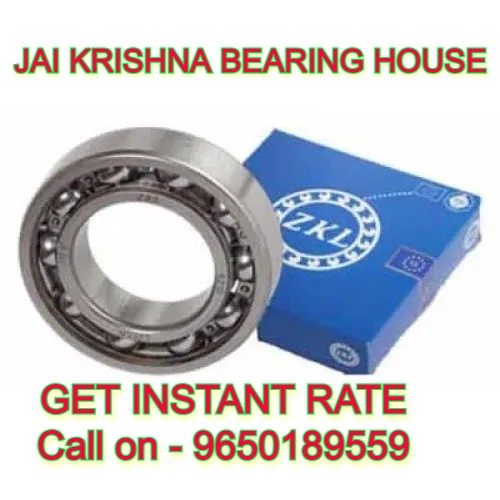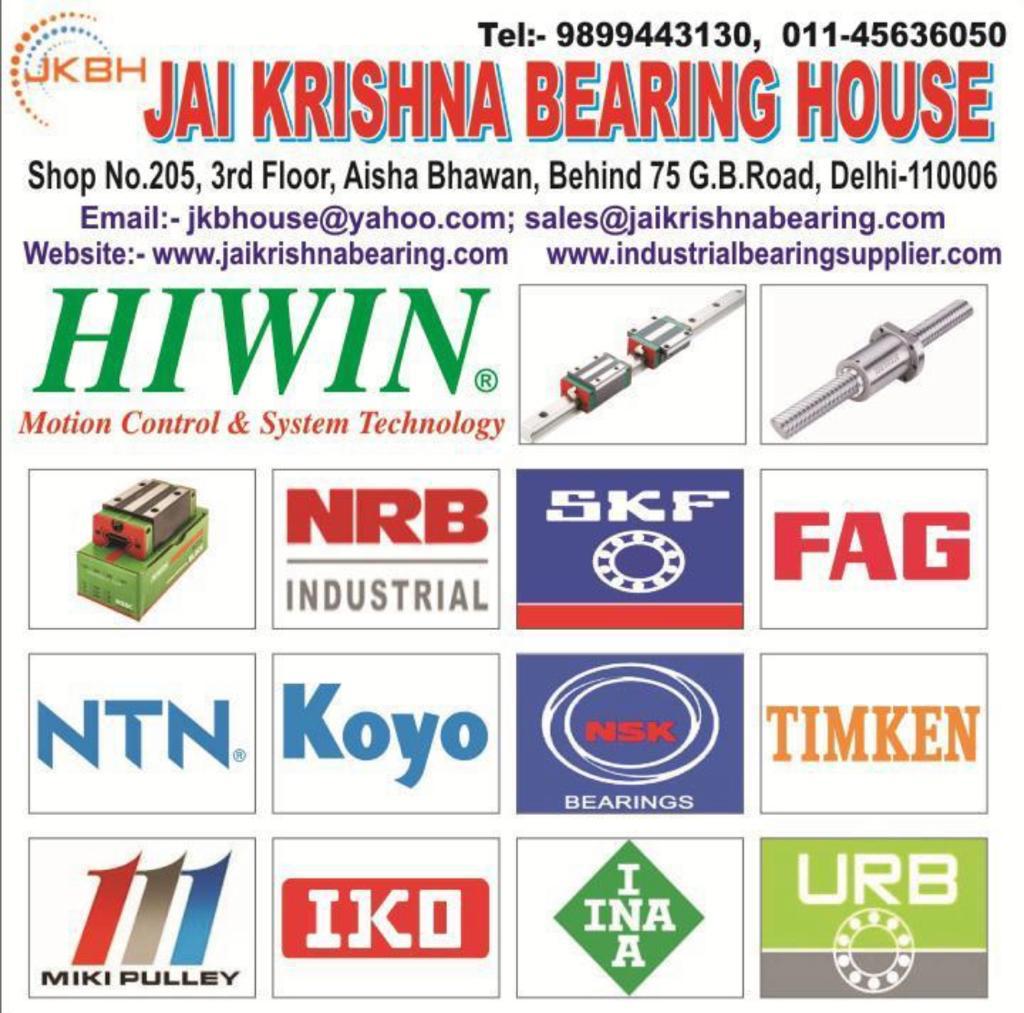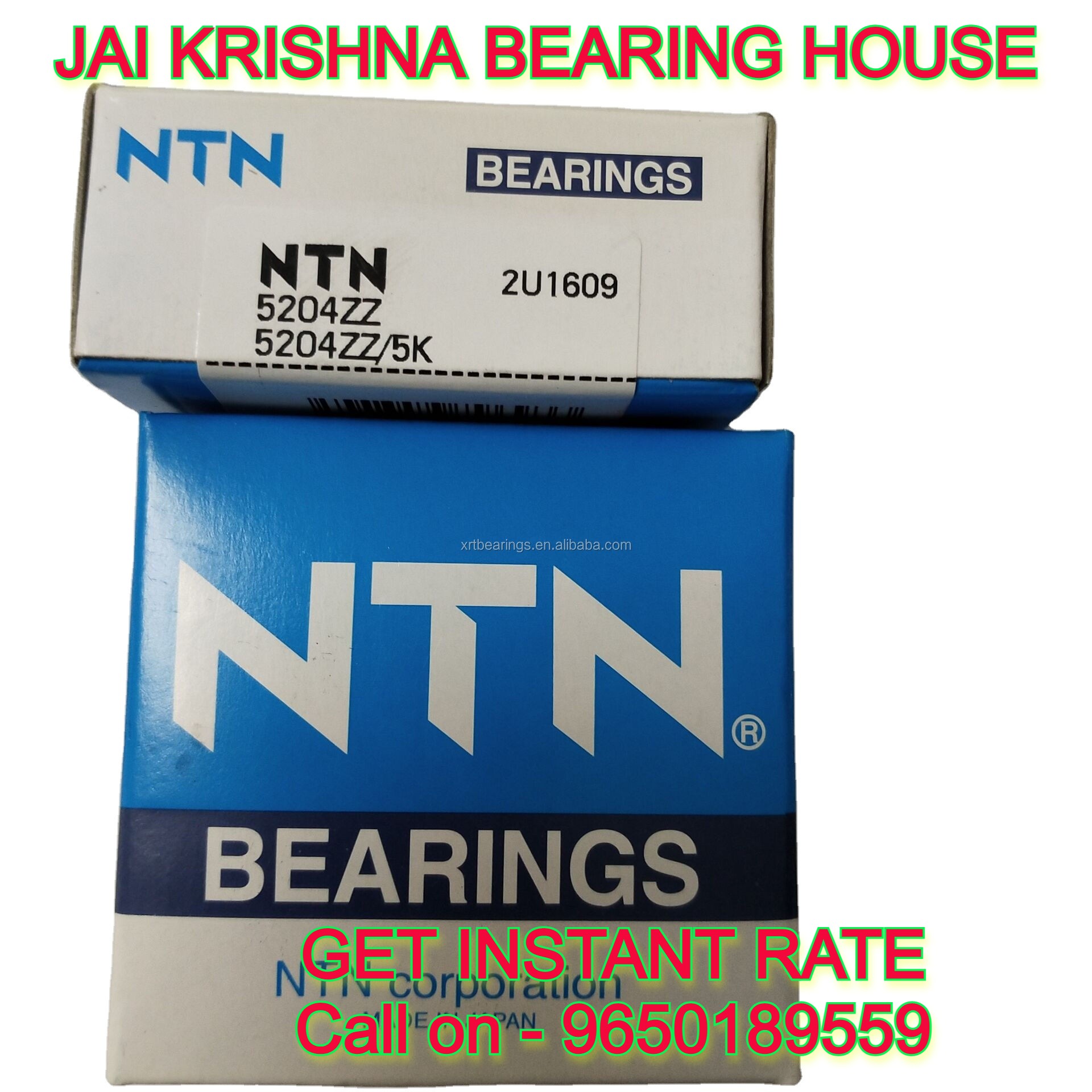The SKF three-barrier solution For highly contaminated environments, SKF recommends the three-barrier solution. This cost-effective sealing solution can have a significant impact on bearing service life as contaminants have to pass through three barriers to reach the bearing († fig. 11): • 1st barrier – external housing seal • 2nd barrier – housing grease • 3rd barrier – integral bearing seal The SKF three-barrier solution consists of a sealed SKF bearing, a housing with a 70 to 90% grease fill, and labyrinth housing seals. Sealed bearings have integral contact seals that keep the lubricant in and contaminants out of the bearing cavity during operation. The seals also protect the bearing from the ingress of contaminants during installation. Using a sealed bearing also means that the grease used to fill the housing and labyrinth seals is independent of the lubrication requirements for the bearing. Therefore, environmentally friendly, biodegradable greases, such as SKF LGGB 2, can be used to fill the housing († skf.com/lubrication). When the SKF self-aligning bearing system is used († page 41), the labyrinth seal for the CARB toroidal roller bearing should be replaced with a taconite seal.
Design considerations SKF housings are typically designed for selfaligning ball bearings, spherical roller bearings and CARB toroidal roller bearings. These bearings are chosen because they are insensitive to initial misalignment, which normally occurs when the housings are spaced far apart. Two-bearing housings have inherently aligned bearing seats and therefore can accommodate rigid bearings such as deep groove ball bearings, angular contact ball bearings and cylindrical roller bearings. Bearing arrangements Locating/non-locating bearing arrangements Conventional locating/non-locating bearing arrangements († fig. 15) are designed to accommodate thermal elongation of the shaft. In these systems, the non-locating bearing must be able to move axially on its seat in the housing. SKF housings can accommodate bearings in both the locating and non-locating positions. Most standard housings have a bearing seat that is sufficiently wide to enable axial displacement of the non-locating bearing († fig. 12, “s”). When these housings are used in the locating position, locating (stabilizing) ring(s) should be used to secure the bearing axially in the housing († fig. 13). Some SKF housing series are available with a wide bearing seat for axial displacement, designation suffix L, and a bearing seat that matches the width of the bearing to locate it axially, designation suffix F.





The SKF self-aligning bearing system To accommodate misalignment and shaft deflections, conventional self-aligning bearing arrangements use spr selfaligning ball bearings in both the locating and non-locating bearing positions († fig. 15). To accommodate thermal elongation of the shaft in these arrangements, the non-locating bearing must be able to move axially on its seat in the housing. Any wear or damage to the housing seat results in a “stick-slip” condition that induces axial loads, friction, and heat into the bearing arrangement. A better solution is to use a CARB toroidal roller bearing in the non-locating position († fig. 15). CARB bearings accommodate misalignment and shaft deflections. They also accommodate thermal elongation of the shaft within the bearing, with virtually no friction, to avoid induced axial loads. Because CARB bearings do not accommodate axial loads, these bearings must always be secured axially in the housing, with either locating (stabilizing) rings or by using a housing variant with an F (or RA for some housings) in its designation suffix.

